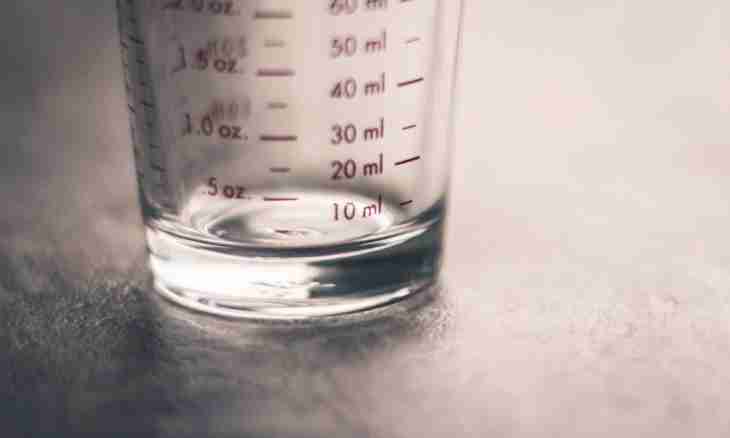During various technological processes and in any everyday situations often there is a need to measure liquid level. Both quite difficult devices, and the simplest improvised devices can be for this purpose used. It depends on specific conditions: a look and properties of liquid, the nature of technological process, features of capacity in which there is a liquid, etc.
It is required to you
- - measured lath or pole;
- - cable with cargo;
- - sonic depth finder;
- - level gages.
Instruction
1. Perhaps, the simplest device – a measured lath or a pole with the put divisions. A lath, holding vertically, ship in liquid until it does not rest against a bottom of a reservoir or a vessel. On division on which liquid stopped, determine its level, that is depth.
2. How to be, for example, if depth of a reservoir is much more than length of a measured lath? It is possible to use a cable to which end the cargo is tied. Slowly lower it in water, watching a cable tension. As soon as the tension weakened, it means that cargo laid down on a bottom. Take a cable and measure length of its wet part. For bigger reliability it is desirable to mark the site of a cable which stopped on a surface. So you learn water level.
3. It is also possible to use the device under the name the sonic depth finder. The principle of its action is based that the sound wave, having been reflected from a reservoir bottom, comes back to the device emitter. Halve time which passed from the moment of generation of a sound before its return, increase the received result by the speed of distribution of a sound in water. So you define water level.
4. It is easily possible to understand that the less depth, the measurement will be less exact – the sound will return through some fractions of a second, and any measuring device has an error. And vice versa – the more depth, the more precisely it can be determined by the sonic depth finder.
5. In technological processes various devices – level gages are used. They are buykovy, float-operated, hydrostatic, ultrasonic, capacitive, etc. Each of these devices has both advantages, and shortcomings. The choice of the optimum level gage depends on the technologist who has to consider all specific conditions of process – the liquid temperature, foaming, pressure, viscosity, transparency, availability of foreign impurity.

